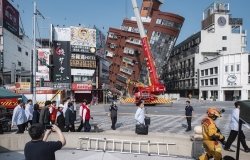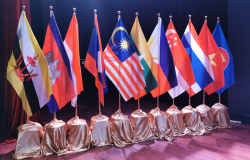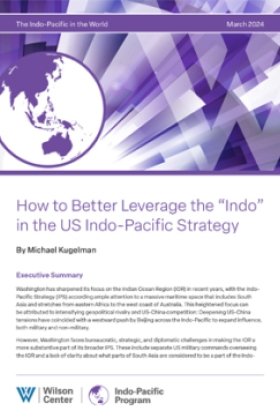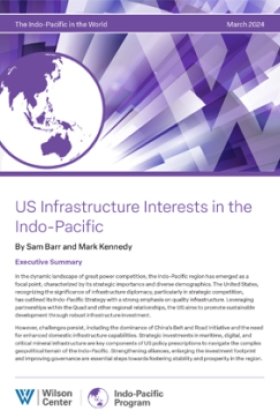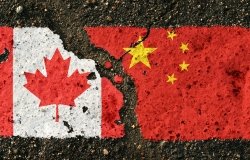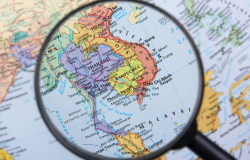North Korea’s Nuclear Crisis: 1994/2004
Daniel Poneman, Principal, Scowcroft Group; former Special Assistant to the President and Senior Director for Nonproliferation and Export Controls, National Security Council
Overview
This meeting, jointly sponsored by the Center’s Division of International Studies and Asia Program and the Los Alamos National Laboratory, was another in the Nonproliferation Forum series.
The United States is currently embroiled in a nuclear crisis with North Korea, a country designated by President Bush as part of the “axis of evil.” In 1993-94, the Clinton administration faced a similar crisis when the Pyongyang regime withdrew from the Nuclear Non-Proliferation Treaty (NPT) and reneged on its commitment to place its nuclear infrastructure under international inspections. Daniel Poneman, then the senior official responsible for nonproliferation on the National Security Council staff, has chronicled the events of this first North Korean nuclear crisis in his new book, Going Critical (co-authored with former State Department officials Robert Gallucci and Joel Wit). U.S. intelligence had revealed that North Korea had a major plutonium production capability, which, if unconstrained, could have annually yielded fissile material for up to thirty nuclear weapons. In the face of this imminent threat and in the absence of any better alternative – a military strike could have triggered a general war on the Korean peninsula and economic sanctions would not have affected North Korea’s plutonium-production capability – the Clinton administration pursued a diplomatic resolution. Intensive negotiations led to conclusion of the so-called Agreed Framework of October 1994, under which North Korea agreed to freeze and eventually to dismantle its nuclear infrastructure in return for two proliferation-resistant light-water reactors provided by an international consortium, whose members were the United States, South Korea, and Japan.
A decade later, the Agreed Framework has collapsed amidst claims by North Korea that it possesses nuclear weapons and the reactivation of its nuclear infrastructure that could potentially provide access to plutonium for several nuclear weapons. The current crisis is unfolding under changed circumstances that make it more challenging than that in 1993-1994. South Korea has undergone a generational shift and pursued a “sunshine policy” toward the North, while the United States now views developments through the prism of 9/11. The only constant is the North Korean regime. The United States faces narrow options. A military strike is even more problematic now than in 1994 (since it is no longer clear what the target would be) and a failure to negotiate is tantamount to acquiescing to the North Koreans producing additional nuclear weapons. Some harbor the hope that the North Korean regime will collapse, but that possibility is not relevant to the current nuclear crisis, which is acute. As U.S. policy-makers grapple with this second nuclear crisis, Poneman stated that the first one of a decade ago offers eight pertinent lessons. 1) Set strategic priorities; then stick to them. 2) Integrate carrots and sticks into a strategy of coercive diplomacy. 3) Use multilateral institutions and forums to reinforce U.S. diplomacy. 4) Use bilateral talks to probe diplomatic alternatives. 5) South Korean support is crucial to any lasting solution of the North Korean nuclear problem. 6) Take full advantage of China’s continuing sway over North Korea. 7) Negotiating arrangements can advance U.S. interests even if the other party engages in cheating. 8) Consider setting red lines that delineate a clear boundary for acceptable behavior.
Robert S. Litwak, Director, Division of International Studies
Hosted By

Indo-Pacific Program
The Indo-Pacific Program promotes policy debate and intellectual discussions on US interests in the Asia-Pacific as well as political, economic, security, and social issues relating to the world’s most populous and economically dynamic region. Read more
Thank you for your interest in this event. Please send any feedback or questions to our Events staff.
